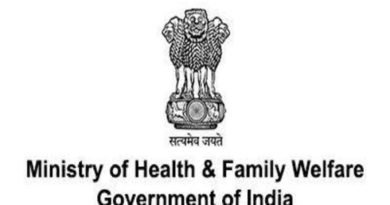Murky waters: Editorial on the controversy between Mamata and DVC over floods in Bengal
A crisis of such magnitude is not a time for mutual finger-pointing: the floods should spur the state, the Centre and the DVC to find ways to stop the calamity from repeating itself
Kolkata, September 27, dmanewsdesk: The resignation of the two representatives of the West Bengal government to the Damodar Valley Corporation seemed to be on cue of the earlier warning by the chief minister, Mamata Banerjee, that she would sever the state’s ties with DVC. This move is an instance of strategic posturing on the part of Ms Banerjee who has alleged, even in her missives to the prime minister, that the release of water by the Central utility without consultation with her government is primarily responsible for the acute flood situation in the southern districts of the state, including parts of Hooghly, Howrah, and the two Midnapores. The Damodar Valley Reservoir Regulation Committee, which decides on the quantum of water to be released from the DVC, has predictably refuted Ms Banerjee’s charges. It has stated that protocols regarding prior intimation to the stakeholders concerned have been followed. Bengal’s threat to break ties with the DVC is ill-conceived. The absence of representatives from the state in the DVRRC would keep Bengal in the dark about the release of water from the dams. Bengal’s stakes in irrigation, a lifeline for agriculture, as well as power-generation could be adversely affected by such an extreme step. The Central facility, the Union ministry of Jal Shakti and Jharkhand should also be amenable to examine Bengal’s complaints. Dialogue and cooperation form the bedrock of uncreased federalism.
It appears that Bengal and the DVC have their work cut out in at least one aspect. The absence of dredging has significantly reduced the water storage capacity in DVC facilities. For instance, the Durgapur barrage could hold 6.5 million cubic metres of water initially. That figure, a survey by the Central Water Commission revealed in 2011, had fallen to 3.5 million cubic metres. Bengal has been negligent about repairing its river embankments. These structures have also been encroached upon in many places. The result of such combined institutional negligence is a tragedy that could have been averted. Additionally, Ms Banerjee’s government now has the task of looking after the needs of the affected population and not letting political rivalry impair flood relief efforts. A crisis of such magnitude is not a time for mutual finger-pointing: the floods, now an annual phenomenon, should spur the state, the Centre and the DVC to find ways to stop the calamity from repeating itself.
Source: The Telegraph online




